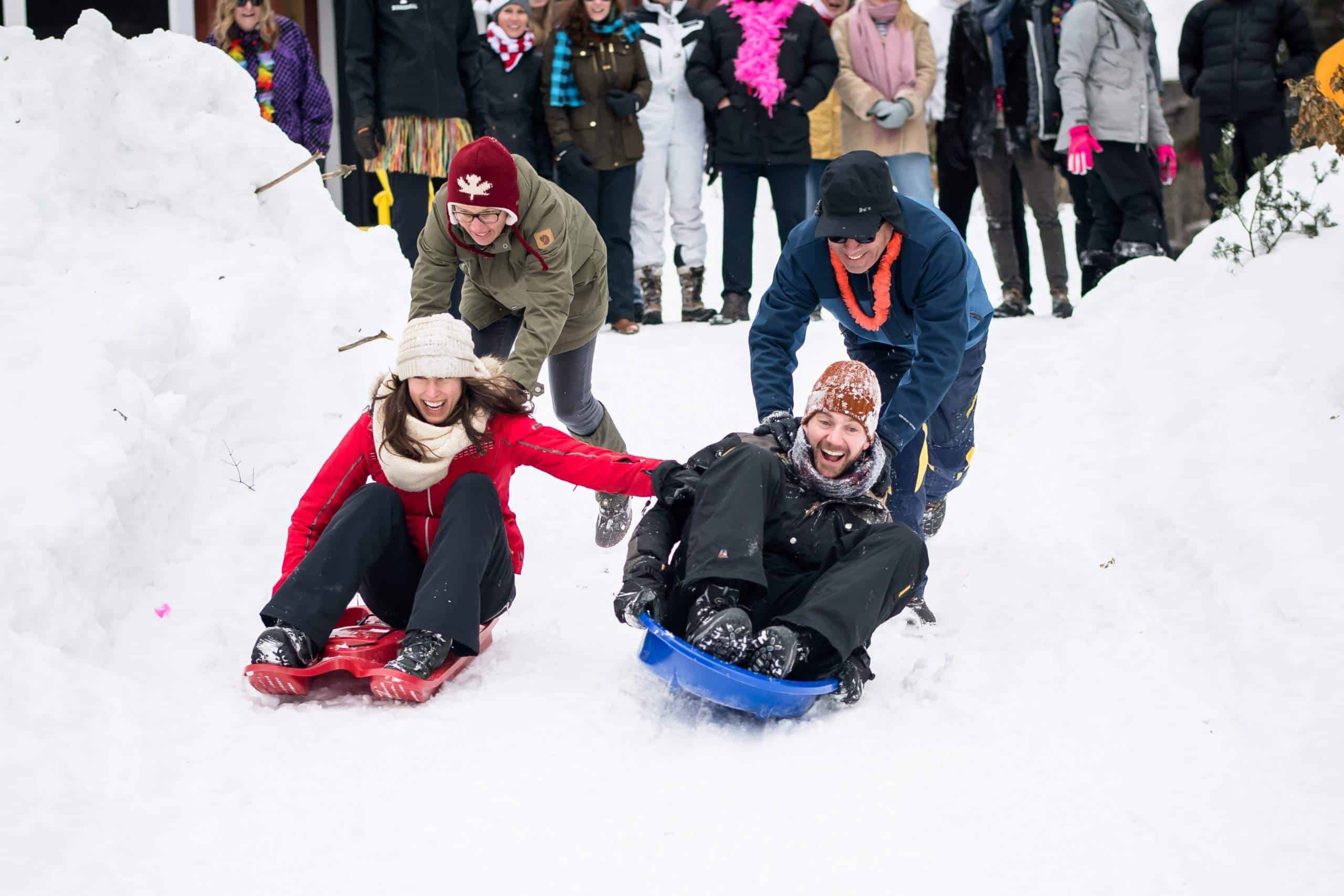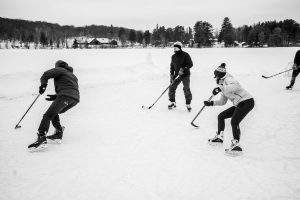
Scoping Review of Adult-Oriented Outdoor Play Publications in Canada
Thank you to Dr. Louise de Lannoy, in-coming Executive Director of Outdoor Play Canada, for providing this post.
When Outdoor Play Canada started the process of developing the 2021 Outdoor Play in Canada: State of the Sector Report, they envisioned the report consisting of three components: 1) a review of where the outdoor play sector has been since the release of the 2015 Position Statement on Active Outdoor Play, 2) a reflection on where the sector is now, and 3) a map of where the sector needs to go next.
One of the big goals of the first component was to identify the impact of the Position Statement on the outdoor play sector in Canada. Some pivotal events were fairly well-known and celebrated. For instance, it led The Lawson Foundation to shift their strategic priorities towards outdoor play, committing ~$4.5 million over five years to 18 projects supporting Canadian communities in increasing children’s opportunities for outdoor play and it informed a British Columbia Supreme Court decision related to a playground injury lawsuit. The Position Statement also led to the official launch of Outdoor Play Canada in 2019.
However, lesser known was the impact of the Position Statement on the academic sphere, in terms of what research projects and interventions had happened in response to and/or were inspired by, the Position Statement.
And so Louise and her co-authors took it upon themselves to identify outdoor play publications in Canada (i.e., published by authors from Canadian institutions or investigating Canadian populations) since the fall of 2015 (when the Position Statement was published). The initial thought was, well the Position Statement was informed by 49 articles, not exclusive to Canadian authors, and not restricted to a narrow time window, so this should be a manageable project. To everyone’s great surprise, their search identified 447 articles, a near 10-fold increase in publications in just seven short years!
Given this vast volume of articles, the authors decided to divide the identified articles into two groups – children and youth, and adults. A summary of the findings from the scoping review on children and youth’s outdoor play publications can be found here.
The other big goal of conducting this scoping review was to develop a product that would be useful for part three of the State of the Sector Report – a map of where the sector needs to go next. To do so, the authors categorized each paper according to their alignment with the major State of the Sector priorities, organized this categorization in a spreadsheet, and published the spreadsheet online so that it would be publicly available for broad use. You can access the adult-oriented outdoor play spreadsheet here and the child and youth outdoor play spreadsheet here.

By categorizing these papers, the authors discovered that the most common State of the Sector priority area for adult-oriented outdoor play was Outdoor Play Environments whereas the least common was COVID-19 as well as Indigenous Peoples and Land-based Outdoor Play. They also discovered that there were no papers that explored the mental/emotional developmental benefits of outdoor play in adult populations. Together these findings highlight where there is a wealth of knowledge to pull from and where further research is needed.
The other major (and practical) benefit of categorizing these papers and making them publicly available, was in creating a resource to help facilitate outdoor play researchers, advocates, policy makers, and practitioners looking to advance the Outdoor Play State of the Sector priorities using the most up-to-date evidence from Canada. So, for instance, if a policy maker was interested in starting a project to revamp an outdoor play space informed by Canadian research on outdoor play environments, they could go to our spreadsheet, sort the papers by the State of the Sector priority ‘Outdoor Play Environments’ and poof! Over 100 articles would float to the top. Science magic!
Louise and her co-authors are delighted to discover that this online tool is already being used to inform research and policy documents. Check it out today!
And while you’re at it, read the full Scoping Review here (for FREE!).
Photographs courtesy of Robert Mauriell.

